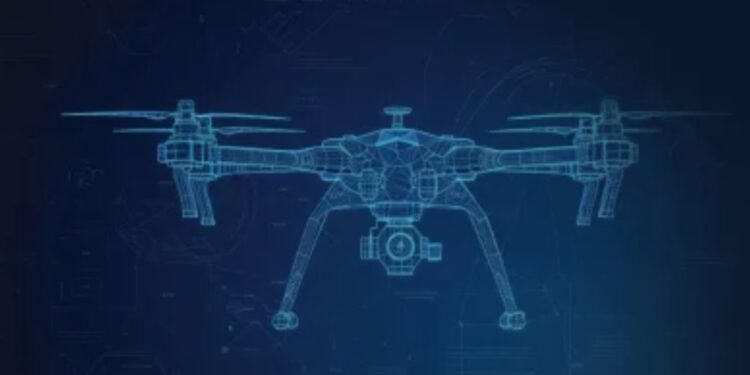The world of security and surveillance is changing forever thanks to the introduction of next-gen Edge AI. This truly disruptive approach is challenging traditional, reactive monitoring with proactive, real-time threat detection and response, resulting in a safer and more efficient world.
Traditionally, surveillance systems sent huge amounts of raw data to centralized cloud servers for processing. This would frequently result in high latency, an excessive amount of bandwidth and privacy problems as sensitive data travelled over networks.
Next-Gen Edge AI fundamentally turns this model on its head by taking the intelligence of machine learning and bringing it directly to the “edge” the device itself, such as a smart camera or IOT sensor.
This local processing has several advantages. It will be ultra low latency, he and others promise. Edge AI-enhanced security cameras can rapidly identify potentially dangerous activity, persons on watch lists, or unusual behavior, leading to immediate alerts or automated responses.
This split second responsiveness is essential in applications ranging from public spaces, to critical infrastructure, and even autonomous vehicles, where milliseconds matter.
Moreover, Edge AI is a great boon to data privacy and reduces cost of bandwidth. Local data processing also mitigate privacy risks by reducing the amount of sensitive data, including personal videos or remote control signals such as the absolute user location, ever leaving the device and caving in with strict data regulations.
When that data is aggregated, only minute insights or metadata is communicated to core systems, which significantly reduces bandwidth and costs.
The consequences in different industries are staggering. The combination of Edge AI and smart cities can make traffic flow more efficient, reduce crime by identifying suspicious behavior, and make the city a safer environment in general.
Factories can use it for predictive maintenance, spotting equipment aberrations before they cause expensive machinery failures and worker injury incidents. Merchants can fight shrink with point-of-sale offering real-time theft detection based on an understanding of customer behavior.
But with great benefits also come challenges: designing a secure solution for distributed devices, optimizing models for limited hardware and ensuring efficient over-the-air updates. But this is one that AI and edge computing will soon collectively fix.
In this widening global drone market and IoT ecosystems, Edge AI synergy will be more and more important. It is allowing devices to think, act, and secure themselves, establishing the foundation for a safer, smarter, and more responsive world. There’s no question that the future of surveillance is on the edge with a new potential for a more informed and effective response to security opportunities and challenges.
















